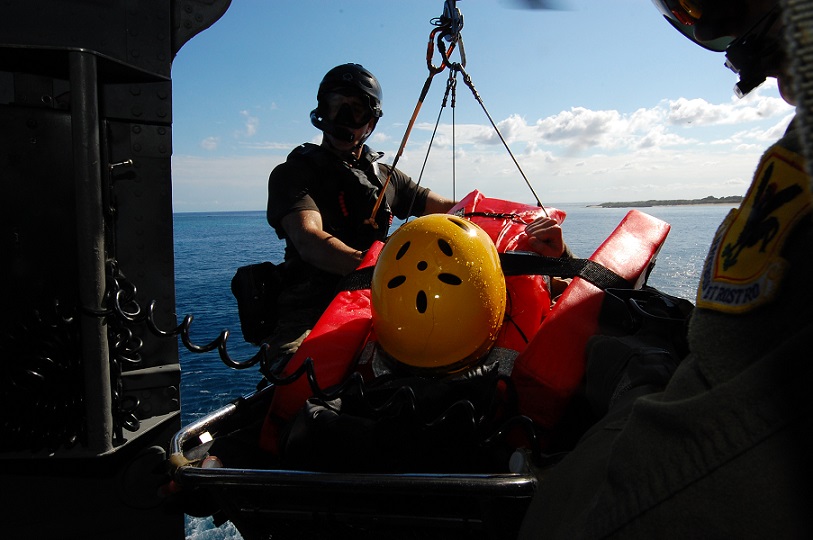This post is also available in:
 עברית (Hebrew)
עברית (Hebrew)
A new guidance system will enable first responders and maritime rescue units to use fully autonomous drones to help locate people lost at sea or in the wilderness. The emergency RF beacon tracking system for drones developed by UASTrakker is based on an internet of things (IoT) edge computer, running software and algorithms to deliver an autonomous search-and-rescue (SAR) solution to the professional end user.
The company integrated systems using an autonomous drone for locating emergency distress beacons, such as a personal locator beacon (PLB) or man overboard beacon. The system is capable of locating individuals stranded in floods, lost at sea or on land and is expected to be a key component of rescue efforts in maritime rescue, as well as SAR in the wilderness, according to gpsworld.com.
Trained users operate the UASTrakker-enabled drone by initiating a flight plan to locate the last known position of the target. Once in the air, the drone will scan the emergency radio frequencies used by PLB beacons in distress, and provide situational awareness to first responders using its thermal, infrared and daytime cameras. When the target is located, the drone stores the GPS coordinates trail, and has the ability to drop lifesaving rescue supplies, or even lower a winch to a person, and rescue them to safety using a heavy lift drone.
During the entire rescue, the system streams live video into the company’s cloud computing solution of the entire flight.
The company is also developing technology for moving ground control stations, so that drones will land more easily on a ship or moving platform like a SWAT vehicle.
Cellular/satellite technology offers an almost unlimited range of control. Artificial intelligence (AI)-capable internet console is expected to provide the pilot in command a first-of-its-kind online search grid, with online tools to initiate the autonomous flight search-and-rescue procedure.
A collaborative map of the rescue operation shared by other first responders shows the drone position and the location of any emergency PLBs within range, while the drone autonomously locates and surveils them until rescuers can arrive.


























